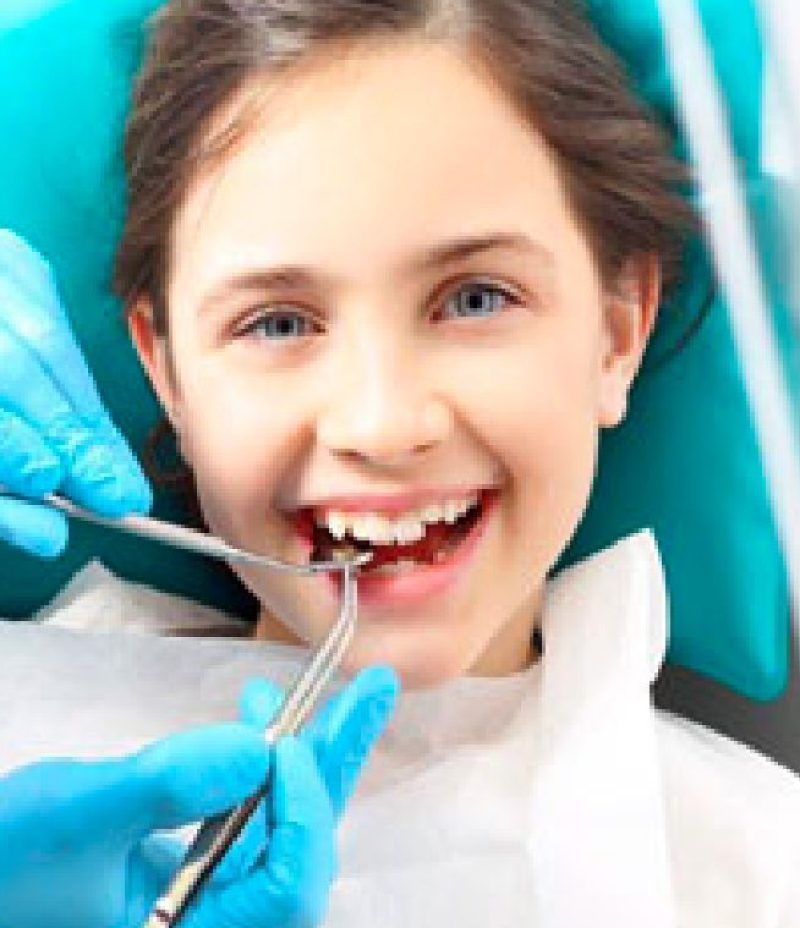


The practice
We would love for you to feel comfortable in our newly built practice!
That’s why we have opted for a relaxed, warm, living room atmosphere. In addition, we offer a calm, personalised approach and take the time to perform a detailed intake interview or check-up.
In this process, we establish a care plan, charting the state of the teeth and what is needed to restore them to a healthy, functional and/or aesthetically pleasing condition.
Our surgery is located in Eindhoven in a newly built practice in the Oud-Stratum neighbourhood





Our vision
Emphasis on prevention
Just as prevention is increasingly emphasised in healthcare, such as teaching healthy eating rather than treating obesity and diabetes, this has also become commonplace in dentistry.
Whereas in treatment used to be mainly reactive when people developed dental complaints, nowadays more preventive work is done through regular dental check-ups and follow-up X-rays.
We can then detect the most common problems, such as cavities, poor or worn restorations and gum disease, at an early stage. Because of this early diagnosis, we can usually limit the scope and number of treatments, rather than acting only when the patient experiences pain or discomfort. This can also lead to early diagnosis and treatment of dental wear, the cause of some headaches (clenching/grinding), cracks around grey fillings and dormant inflammation at root tips.
Prevention also means teaching children proper brushing techniques from which they will benefit throughout their lives.

Why are healthy teeth so important?
Obviously to stay pain-free, but also to be able to eat well and look healthy
. However, it is often forgotten that a diseased mouth can have implications for
overall health because of relationships with cardiovascular disease, diabetes and rheumatoid arthritis, for example.
It is often said:
‘A healthy mind in a healthy body’
But certainly
‘A healthy mouth in a healthy body’ also applies.
Here, prevention plays the biggest role.